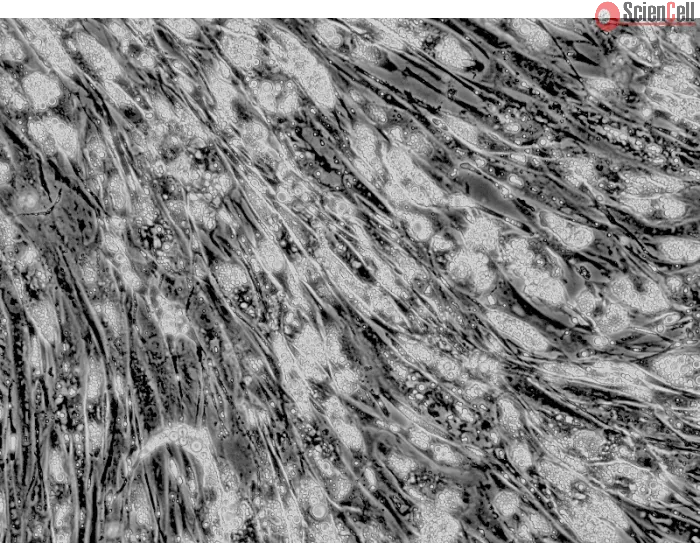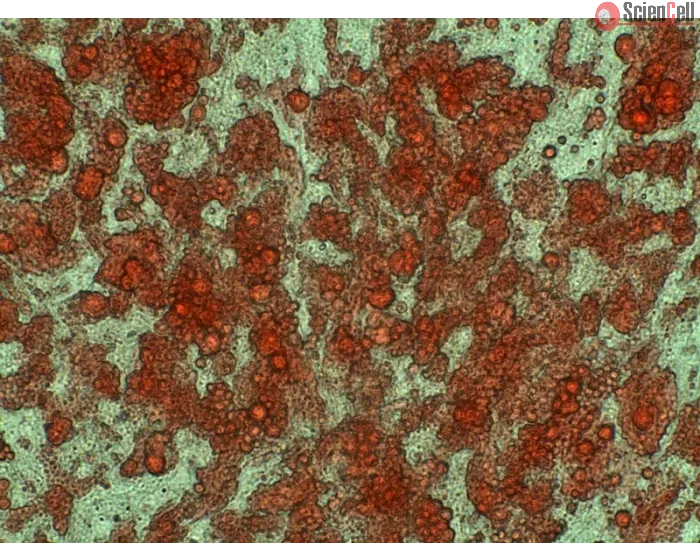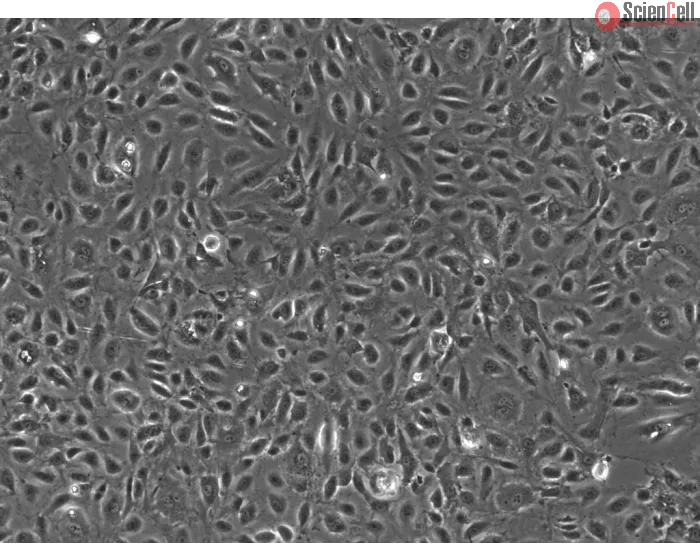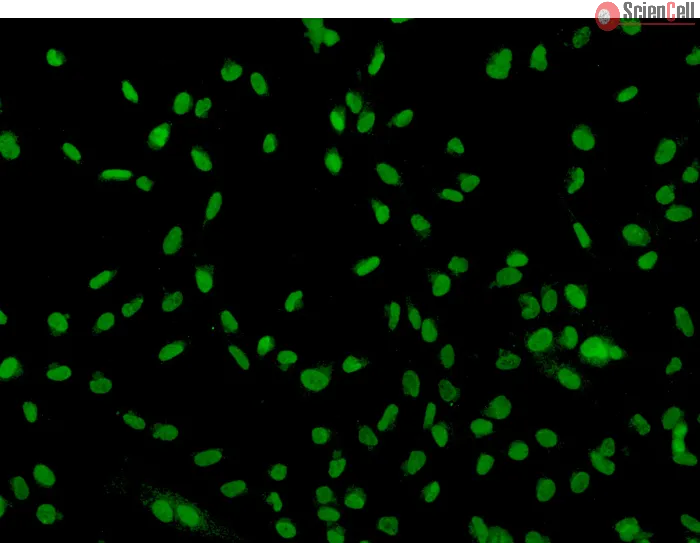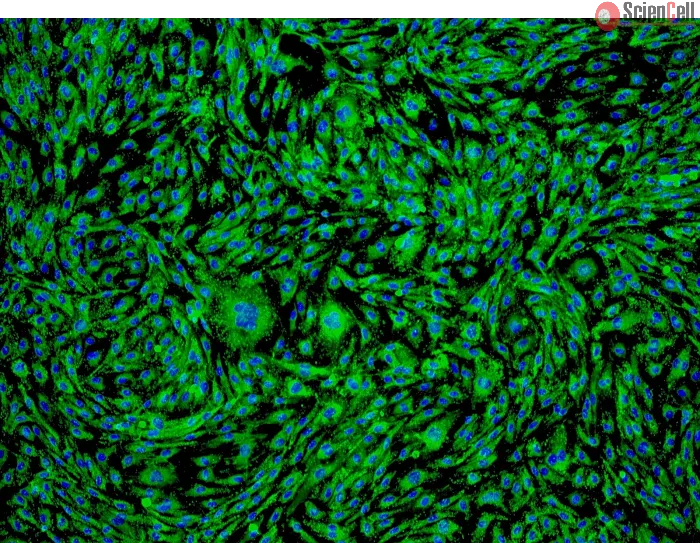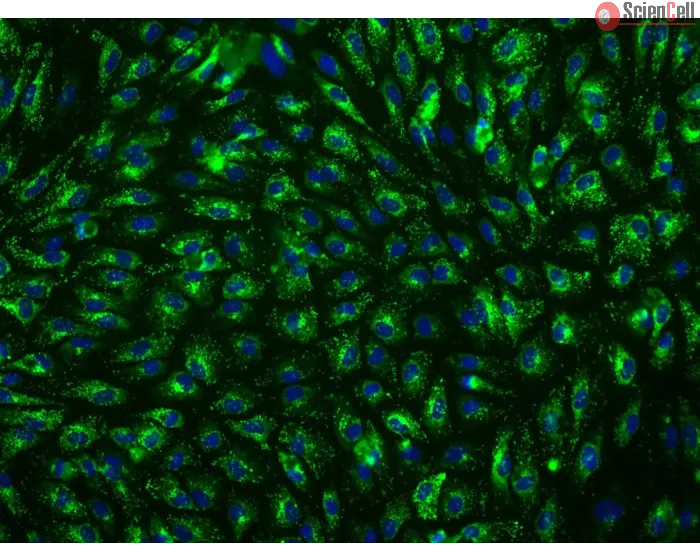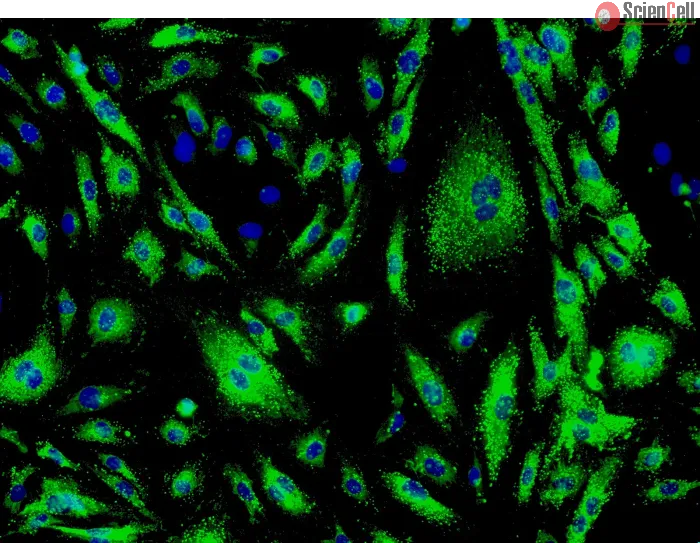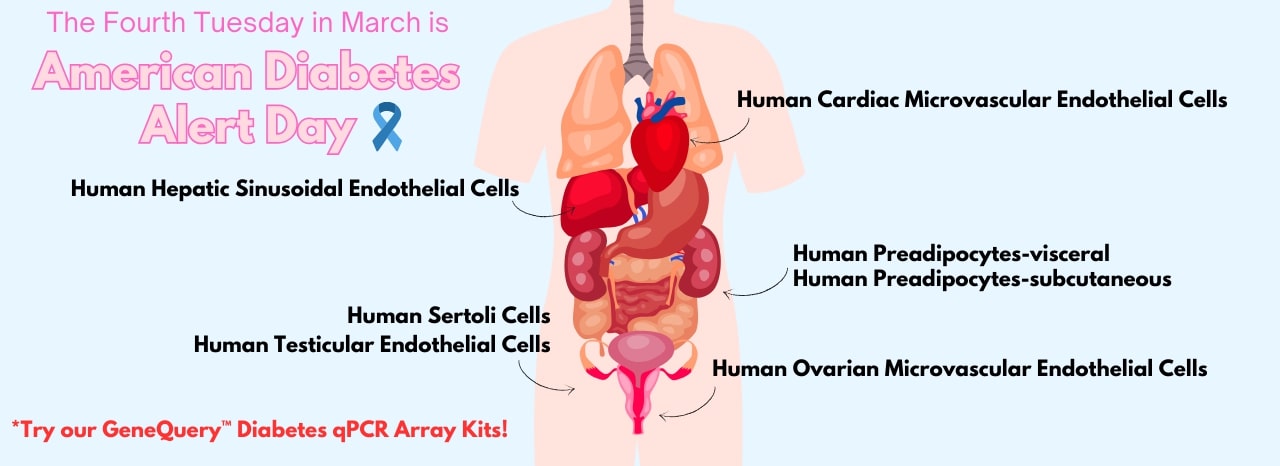

Diabetes Alert Day®
Diabetes Alert Day® is March 25, 2025! Observed annually on the fourth Tuesday in March by the American Diabetes Association, Diabetes Alert Day is a one-day “wake-up call” that focuses on the seriousness of diabetes and the importance of understanding your risk. We encourage you to find out if you—or someone you love—are at risk for type 2 diabetes by taking this quick and simple Diabetes Risk Test. (https://www.niddk.nih.gov/health-information/community-health-outreach/diabetes-alert-day)
Diabetes is a growing and serious global health concern. Prolonged high glucose levels and inflammation can result in multi-organ complications, affecting the heart, liver, gonads, and adipose tissues, among others. As treatments have improved over recent years and diabetes mellitus patients live longer, these complications are manifesting with increasing frequency.
To better understand the causes underlying diabetes’ effects on multiple organ systems, human primary cells offer the best in vitro cell systems to integrate into diabetes disease models.
ScienCell offers a variety of adipose and microvascular cells to serve as either as physiologically-normal controls, or to expose diabetes-like stimuli and model pathological responses.
-qpcr-array-kit.webp)
GeneQuery™ Human Complications of Diabetes qPCR Array Kit (Cat. No. GK052)
|
GeneQuery™ Human Diabetes, Type I (Juvenile, Insulin-dependent) qPCR Array Kit (Cat. No. GK050)
|
GeneQuery™ Human Diabetes, Type II (Late-onset, Insulin Resistance) qPCR Array Kit (Cat. No. GK051)
|
Human Preadipocytes-subcutaneous (Cat. No. 7220)
Isolated from human subcutaneous fat tissue. HPA-s are cryopreserved at passage one and delivered frozen. Each vial contains >1 x 106 cells in 1 ml volume.
Human Preadipocytes-visceral (Cat. No. 7210)
Isolated from human visceral fat tissue. HPA-v are cryopreserved at passage one and delivered frozen. Each vial contains >1 x 106 cells in 1 ml volume.
Human Testicular Endothelial Cells (Cat. No. 4500)
HTEC from ScienCell Research Laboratories are isolated from human testis. HTEC are cryopreserved at passage one and delivered frozen. Each vial contains >5 x 105 cells in 1 ml volume.
Human Sertoli Cells (Cat. No. 4520)
Isolated from human testis. HSerC are cryopreserved at passage one and delivered frozen. Each vial contains >5 x 105 cells in 1 ml volume.
Human Ovarian Microvascular Endothelial Cells (Cat. No. 7300)
Isolated from human ovary. HOMEC are cryopreserved at passage one and delivered frozen. Each vial contains >5 x 105 cells in 1 ml volume.
Human Hepatic Sinusoidal Endothelial Cells (Cat. No. 5000)
Isolated from human liver. HHSEC are cryopreserved at passage one and delivered frozen. Each vial contains >5 x 105 cells in 1 ml volume.
Human Cardiac Microvascular Endothelial Cells (Cat. No. 6000)
Isolated from human heart. HCMEC are cryopreserved at passage one and delivered frozen. Each vial contains >5 x 105 cells in 1 ml volume.

